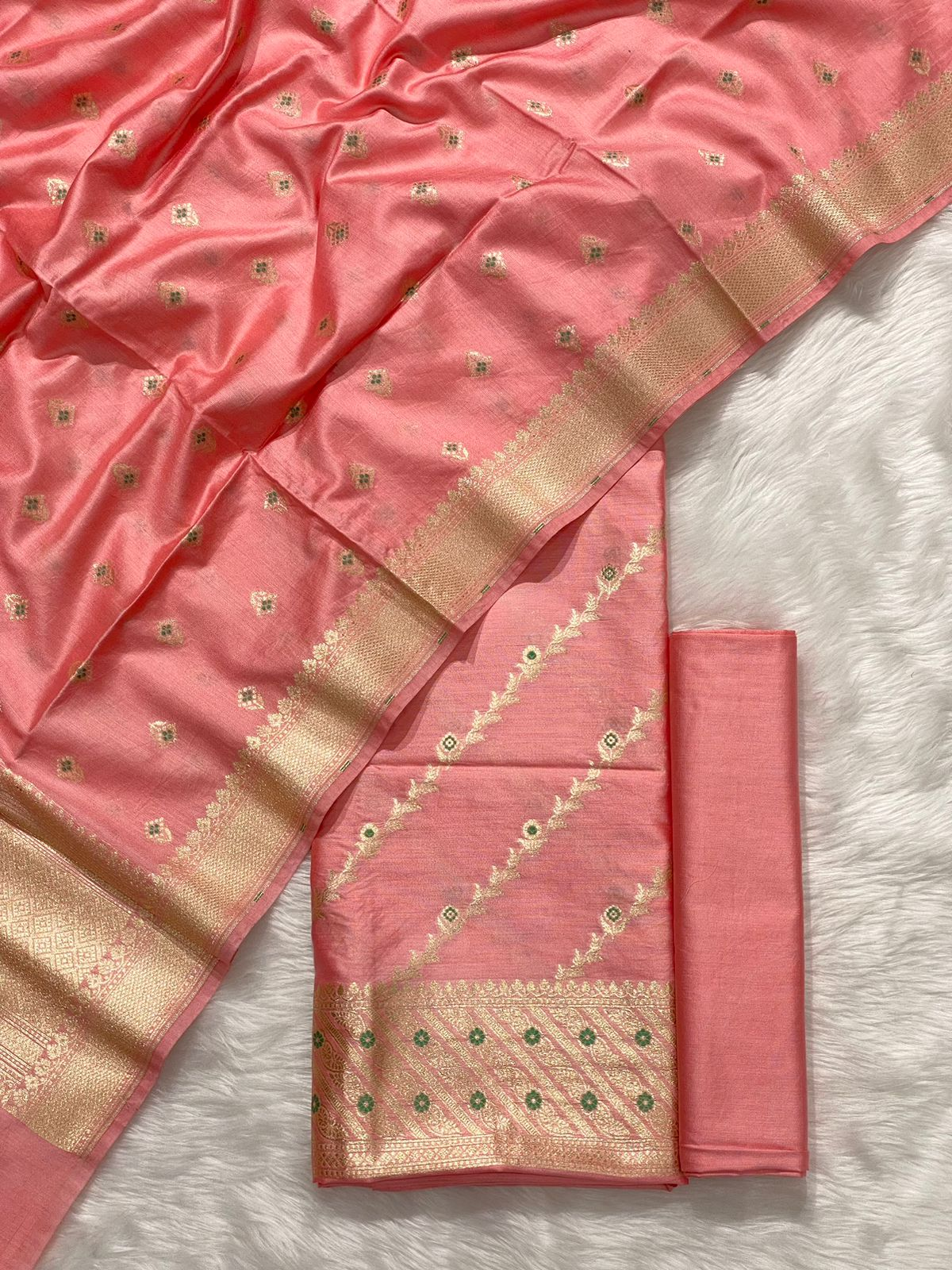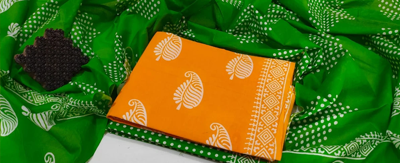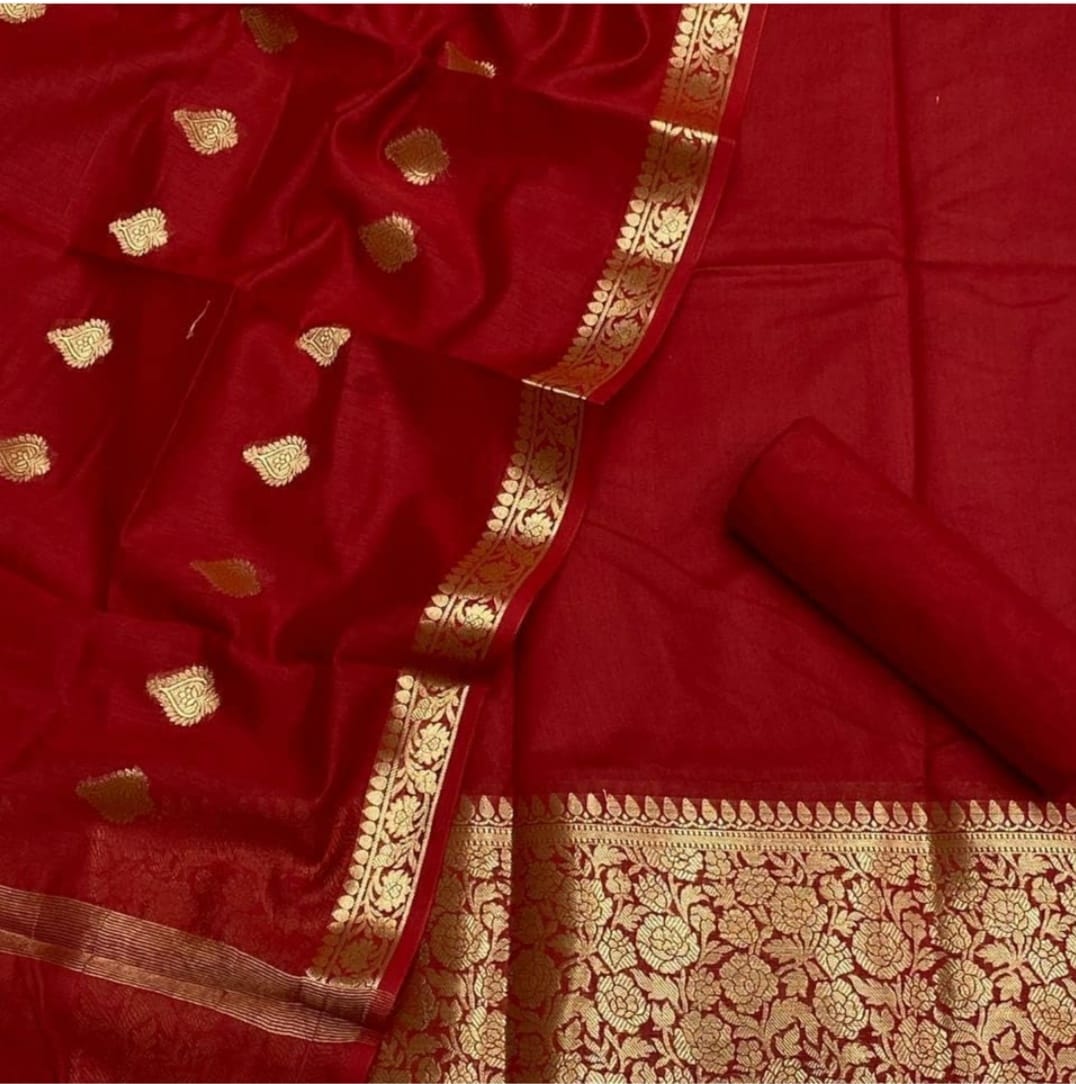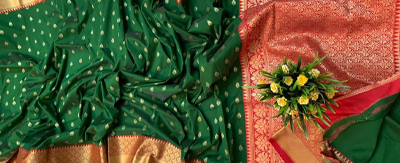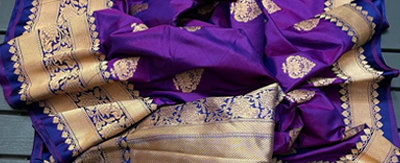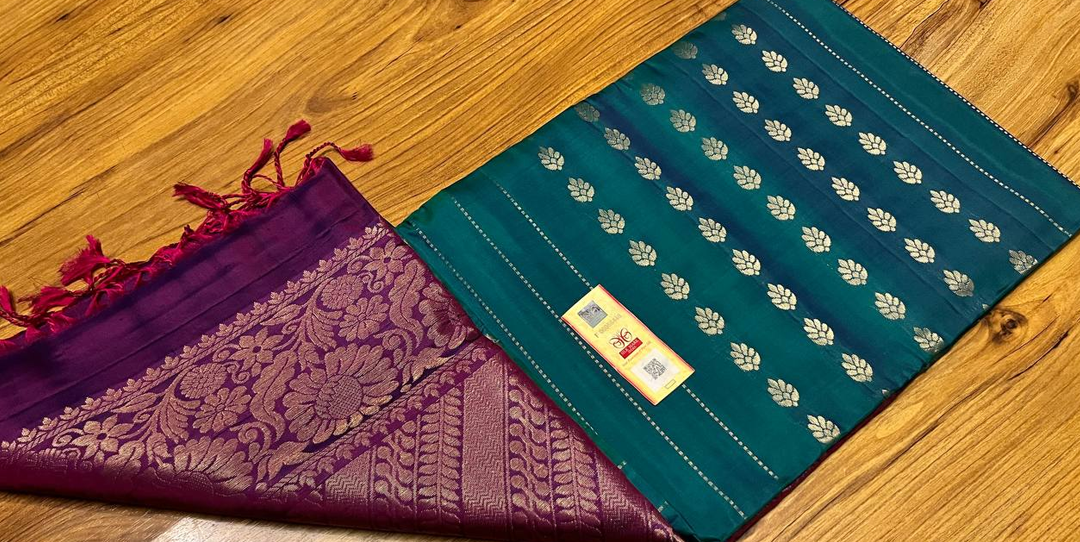India is a land of diverse cultures, traditions, attires and unique arts. Sarees are a cherished attire in all parts of India. Our saree weaves and techniques are an excellent mix of saree tradition and arts. Authentic handloom silk sarees are not made in factories. With yarns, and designs, many of our weavers, weave them from their homes. These artisans weave the sarees in rural areas which are known to be more durable than a powerloom sarees.

What makes a Handloom Silk Saree Unique?
Weaving a handloom saree requires skilled artisans to interlace the fabric. These artisans reach dexterity and expertise only after decades of working. They pass on their knowledge from generation to generation within their families.
It is the human experience that is valued. The colors and patterns come from the creativity of the artisan’s taste. Every handloom saree is unique, because there are variations in the weave when the weaver stops or fixes the broken threads. Even sarees with the same design may have some changes in colours or patterns. The process of making a saree takes weeks.
Hand Loomed sarees are a part of India’s textile heritage. A handloom saree is not just a statement piece in your wardrobe but it is an elegant and a classic fashion element for an Indian woman.
In addition to traditional handloom sarees, there are also designer handloom sarees, which are all inspired by textile legacies.
Recognizing Original Handloom Sarees
Handloom Kanchipuram silk sarees are a result of superior fabrics and skilled craftsmanship. Here are a few things to watch out for while buying a Handloom Kanchipuram, kanjivaram silk saree.
- Kanchipuram silk sarees are smooth textured and luminous. This is a special characteristic of mulberry silk, that is extracted from silkworms. These unique characteristics come from the threads that are smooth and supple. These threads are also longer and more refined.
- The sarees will be more flowy and easier to drape. However, the sarees made on a powerloom are rigid as the threads are very tightly woven.
- Rub the silk gently between your fingers. It becomes warm because pure silk is an organic thread. But a synthetic fabric cannot absorb the heat from your fingers and the temperature does not change for this cloth.
- If they are made from high-quality silk, Kanchipuram sarees give off a warm glow. Synthetic silks have a silver sheen which is uniform. The real silk throws light from certain angles and when dyed, the glow becomes more noticeable.
- The sarees are woven by master weavers. Being handloomed, an authentic saree will have minor variations in the patterns. You may also be able to find spots where cropped threads can be seen joined by hand.
- You can also spot the miniature pinholes on the saree
- The finest of the Handloom sarees use high-quality Zari. Using red silk threads, the Zari is then weaved with silver threads and electroplated with gold.
Care for Fabric
Being expensive and delicate, handloom sarees need to be handled with extreme caution. They can easily wear and strain. So, pre-soak them in saltwater for some time and use a mild detergent to hand wash them.
Do not use colours, bleach, stain removers, or any chemicals on the fabric. If possible, try to dry wash them only.
A Collection of Beautiful Silks from Fab Persona that Tells Stories of Heritage
Fabpersona has a beautiful collection of exquisite silks. We take special care to curate a collection that reflects grace & legacy. Explore Fabpersona’s latest Handloom silk saree and discover these pure weaves of India. For a beautiful range of original handcrafted Handloom Silk sarees visit at Fabpersona.


